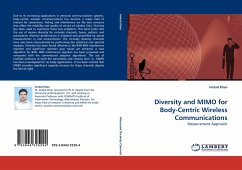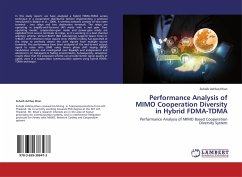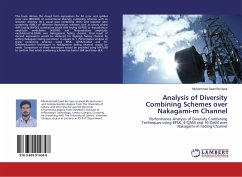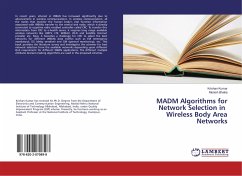Due to its increasing applications in personal communications systems, body-centric wireless communications has become a major field of interest for researchers. Fading and interference are the two concerns that affect the reliability and quality of service of wireless links. Diversity has been used to overcome these two problems. This book looks into the use of receive diversity for on-body channels. Space, pattern, and polarization diversity performance is analyzed and quantified by actual measurements in real environments. The on-body diversity channels have also been characterized by performing the statistical and spectral analyses. Diversity has been found effective in the BAN-BAN interference rejection and significant rejection gain values are achieved. A new algorithm for BAN- BAN interference rejection has been proposed and compared with the conventional adaptive algorithms. The use of multiple antennas at both the transmitter and receiver end, i.e., MIMO has been investigated for on-body applications. It has been noticed that MIMO provides significant capacity increase for these channels despite the line-of-sight.








